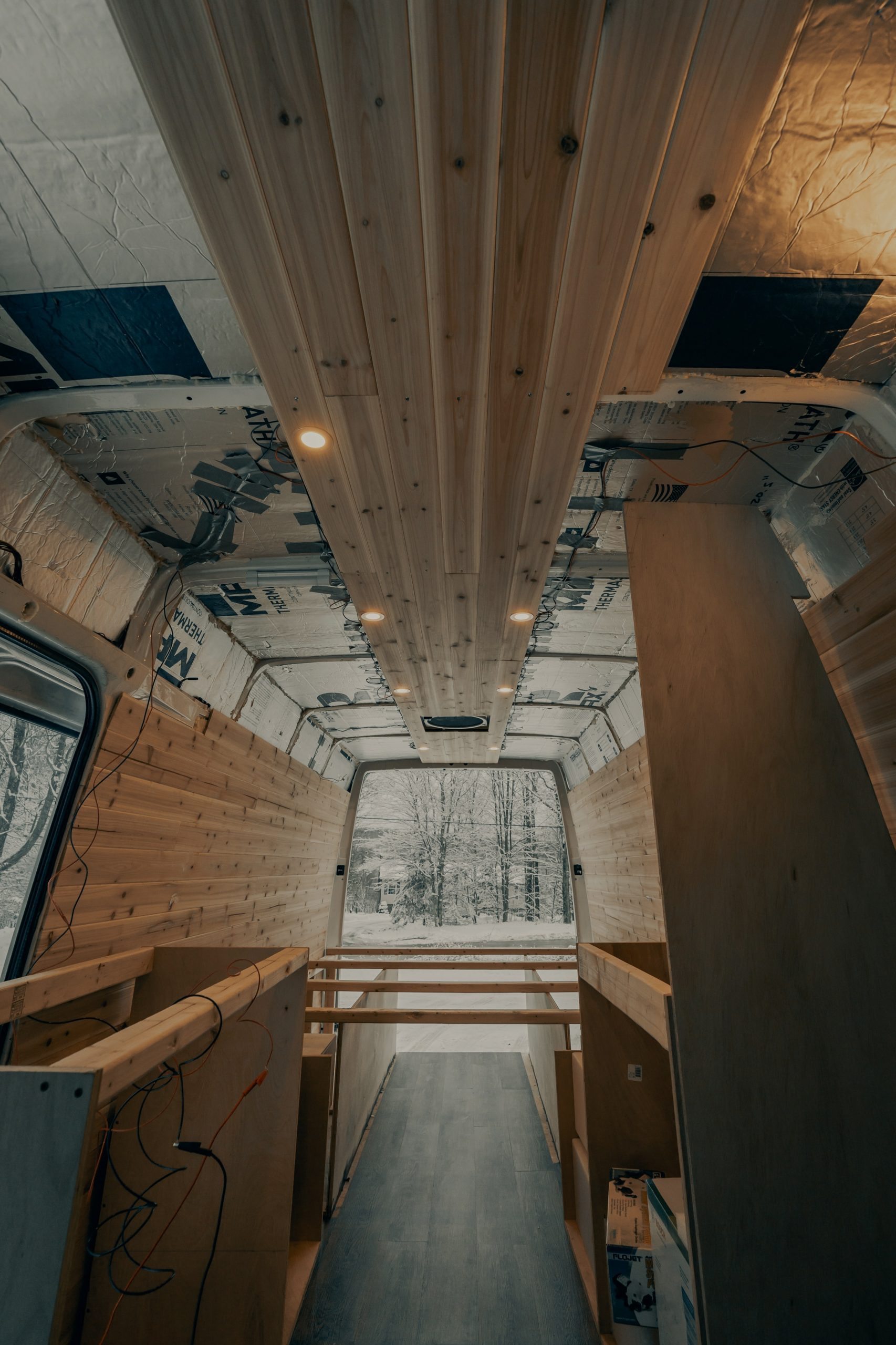Ambition can be described in many different ways. For some, being ambitious is owning a million-dollar home and walking around in Gucci flip-flops. For others, ambition can be classified as giving it all up, or starting from scratch to adopt the van life.
A camper van is a van that is equipped as an independent traveling home. These vans usually have basic facilities for cooking, washing, and sleeping. Camper vans have increased in popularity especially during the COVID-19 pandemic as people became wanderers. It even became a social media trend with its own hashtag #vanlife.
“Van life” is a social movement of individuals who reject the mainstream lifestyle to either experience a unique adventure or to downgrade their way of living out of necessity. The question is, why would anyone want to live in a box on four wheels? Let’s find out!
How to get started: The essentials and potential cost
The first main piece needed to live this lifestyle is a van…you guessed it! The most popular choice is a Volkswagen, however, the growing popularity of these vans has caused the price of them to escalate, which can end up costing more than $50,000. The least expensive option is the Ram ProMaster, which can start at $32,000.
The next step is converting a van to make it liveable, and there are three ways to do this: Using a conversion kit, DIY, or a custom build. If you’re leaning towards the cheaper option, then the custom build is not for you.
Being skillful in DIY projects is very handy, as this is a great way to take the cheaper route and allows you to cater to your own needs and interests. However, this route can be slow and inefficient.

Image Credit: unsplash.com
If you’re looking to get the most bang for your buck, conversion kits are the way to go. These kits consist of a combination of parts that are used to build your camper van. The price of these conversion kits can range from $2,000 to $30,000. The cost will depend on the company of the conversion kit and the make/model/year of your vehicle.
Things that are usually included in conversion kits: Bathroom facilities, tables that convert into beds, solar power, cooking setups, shelves, and cabinets. Some kits may even carry insulation, custom flooring, and wall panels.
It would be much cheaper to DIY with the help of these kits, which will cut down the cost of labor. Though anything in relation to plumbing and electricity should be done by a professional. Other expenses can range as follows:
Gas: $200 – $600/month.
Paid campsites: $15 – $30/night. Staying at paid campsites every night is $450 – $900/month.
Vehicle insurance: Around $2000/year.
Groceries: $600 – $800/month for two people.
5 Pros of the van life:
- Freedom and flexibility to travel: You can go wherever you want whenever you want for as long as you want. You will never be tied down to one place.
- Saving money: Without having to pay the mortgage, rent, electricity bills, cable, etc., you can save that money and spend it elsewhere, or watch it stack up in your bank account.
- Minimalist lifestyle: Learning how to live without unnecessary luxuries and other things you think you need to live a regular lifestyle.
- Connection to nature: Constant wave of campfires, views of mountains and lakes, national forests, and fresh air. This is the ideal scenario for outdoor lovers.
- New experiences: Being in unique and/or difficult situations means you’re always learning new things about life and yourself.

Image Credit: unsplash.com
5 cons of the van life:
- Finding work: The flexible lifestyle means a lack of work, and an income is necessary. Remote working, seasonal jobs such as gardening, tutoring, blogger, etc. are some of the most popular jobs to consider for those who choose to embark on this journey.
- Showering: Most van lifers don’t have showers in their vehicles, so a lack of frequent showers is common. The most common method for showering would be to get a gym membership.
- Space is tight: Van life can get pretty cozy, especially if there’s more than one person inside.
- Mess and untidiness: Muddy shoes, sandy feet, are all part of the experience, which means you will have to be comfortable with cleaning up more frequently.
- Breaking down: Getting a flat tire or running into a mechanical issue is a given due to the constant usage of the vehicle. Even with insurance, getting this fixed could be expensive, and the hassle and stress are overwhelming. Planning for this beforehand is important.
If the van life is a turn-off for you, then enjoy the comfort of your home. Otherwise, go wherever you desire with ultimate freedom.
Published by HOLR Magazine


